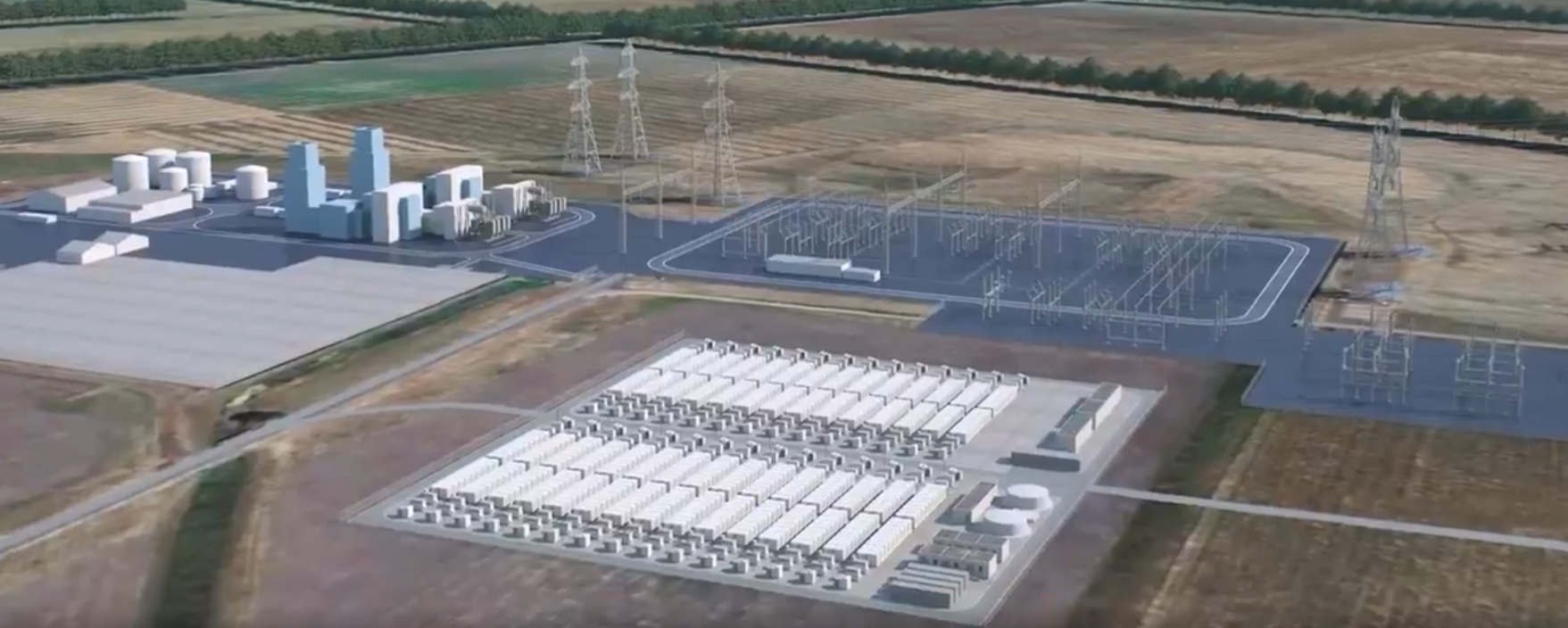
Power plants like Stanwell and Eraring, traditionally reliant on coal-fired processes, are increasingly turning towards integrating battery storage systems. This shift is primarily driven by growing environmental pressures and the evolving dynamics of the energy market. Here's why this transition is significant:
-
Environmental Regulations and Carbon Emission Goals: As global awareness of climate change increases, there's mounting pressure on power producers to reduce their carbon footprint. Governments and regulatory bodies are imposing stricter environmental regulations and setting ambitious carbon reduction targets. By integrating battery storage systems, these coal-fired plants can begin transitioning towards more sustainable practices.
-
Enhancing Renewable Energy Integration: The intermittent nature of renewable energy sources like solar and wind poses a challenge to grid stability. Batteries can store excess energy generated during peak production times and release it when production is low, thereby smoothing out the supply and facilitating a higher integration of renewables into the energy mix.
-
Improving Grid Stability and Reliability: Battery storage systems can respond rapidly to fluctuations in demand and supply, providing essential services like frequency control and load balancing. This is particularly important as the energy grid evolves to incorporate a more diverse mix of energy sources, ensuring reliability and stability of power supply.
-
Economic Viability and Market Shifts: The energy market is increasingly favoring flexible and quick-responding power sources. Batteries can quickly ramp up to meet peak demand, a capability that coal-fired plants lack due to their longer ramp-up times. This flexibility can make these plants more economically viable in a market where they're competing with more agile renewable sources.
-
Transition Strategy Towards Cleaner Energy: Building battery storage is a strategic move for coal-fired plants in transitioning towards cleaner energy solutions. It represents an initial step in adapting their operations to a future energy landscape that is less dependent on fossil fuels.
-
Public and Stakeholder Pressure: There is growing public and stakeholder demand for cleaner energy and more sustainable business practices. By incorporating battery storage, these plants are responding to these demands and improving their public image, which is increasingly important for maintaining market share and attracting investments.
-
Preparation for Future Regulations: Anticipating future restrictions on carbon emissions and fossil fuel usage, power plants are proactively adapting their infrastructure. This forward-thinking approach ensures they remain viable and compliant as new regulations take effect.
In summary, the integration of battery storage systems by coal-fired power plants like Stanwell and Eraring is a response to environmental pressures, market demands, and the global shift towards sustainable energy. It represents a bridge between the current reliance on fossil fuels and a future energy landscape dominated by renewable and low-carbon technologies.
